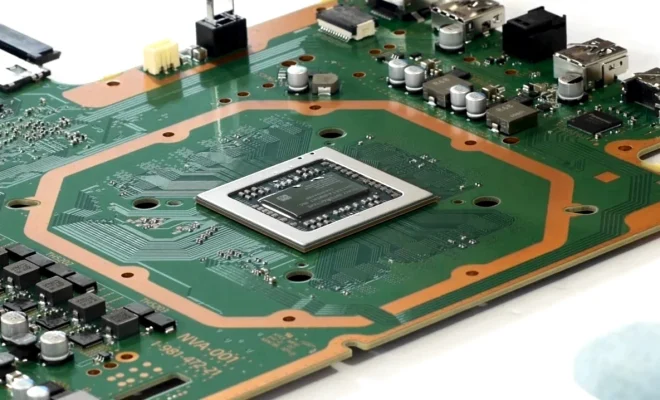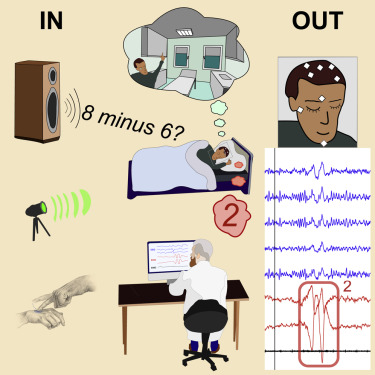TeraFLOPS

In today’s fast-paced, technology-driven world, the demand for high-performance computing continues to grow. One term that you may have come across in this context is TeraFLOPS. This article will break down what TeraFLOPS are, their importance, and their applications in computing systems.
What are TeraFLOPS?
The word “TeraFLOPS” is a combination of two terms – “Tera” and “FLOPS.” Tera is a unit prefix in the metric system denoting multiplication by one trillion (10^12) and FLOPS stands for Floating Point Operations Per Second. Thus, TeraFLOPS represents one trillion floating-point operations per second.
Simply put, TeraFLOPS is a unit of measurement used to gauge the performance of a computer system by measuring the number of calculations it can perform every second. The higher the TeraFLOP rating, the more powerful the computer chip or system.
Importance of TeraFLOPS
TeraFLOP ratings are vital because they provide an objective benchmark for comparing the performance of different computer systems. This is particularly helpful when considering supercomputers designed for scientific research, artificial intelligence, and other computationally intensive applications.
However, it’s important to understand that TeraFLOP numbers alone do not tell the whole story. A high-performance processor with a lower TeraFLOP count may outperform another with a higher rating due to factors such as architecture, memory latency, and optimization for specific tasks.
Uses of High-TeraFLOP Systems
1. Scientific Research:
High-performance computer systems with large TeraFLOP counts are often utilized in scientific research for tasks such as simulating complex physical phenomena or understanding biological processes. The greater the computational power, the more granular and accurate these simulations can be.
2. Artificial Intelligence:
Machine learning systems, particularly neural networks, benefit significantly from high TeraFLOP systems. These systems can process vast amounts of data and analyze complex patterns faster, leading to more efficient and accurate AI models.
3. Gaming:
Modern gaming consoles often boast high TeraFLOP counts to render immersive, photorealistic graphics and process complex game mechanics in real-time.
4. Cryptocurrency Mining:
Cryptocurrency miners often seek high-performance computing systems capable of performing a multitude of calculations per second, as it increases their chances of successfully mining new coins.
In Conclusion
TeraFLOPS have become a vital unit of measurement when comparing the performance and capabilities of various computer systems, especially in the realms of scientific research, machine learning, gaming, and cryptocurrency mining. As we continue to develop increasingly sophisticated technologies, understanding the concept of TeraFLOPS will become crucial for both consumers and professionals alike.






